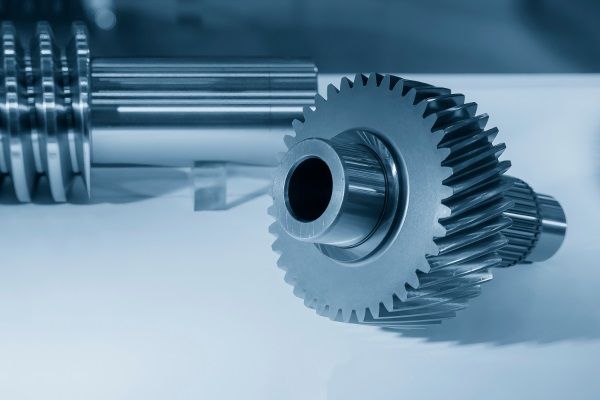Berg Compares Spur and Helical Gears
Mechanical design engineers planning a drivetrain typically have a range of component options to choose from, and many decisions will boil down to the specific application. When it comes to creating optimal torque output, rotational speed and direction, few decisions are as important in designing high performing gear drives as choosing the right gear for the job.
With so many products, applications and requirements out there, several different gear types have been developed to handle specific jobs correctly. For most basic and common applications of gears sets, the options are most often focused on two specific types, which we’ll contrast here: spur gears vs. helical gears.

7 Factors to Consider in Choosing a Straight Cut Spur Gear or Helical Gear
We can’t hope to cover every scenario or evaluate how different configurations may weigh into a choice between a helical gear and a spur gear in this article. Focusing on some of the most general requirements will help guide a decision; we’ll make comparisons between these two gear options on these seven general performance considerations:
Power transmission efficiency - the amount of speed to be transferred without waste or producing added forces




